
Sodium cyanide, a chemical substance that sounds daunting, plays an indispensable and diverse role in the industrial field. It is widely present in many industries, from Mining to Chemical Synthesis, and has a profound impact on the development of modern industry.
Gold Extraction in Mining

In the mining industry, the most well - known use of Sodium Cyanide is for Gold Extraction. Gold often exists in the form of very fine particles dispersed in ores and is difficult to separate directly. Sodium cyanide can react chemically with gold to form water - soluble gold - cyanide complexes. The specific process is as follows: after the gold - containing ore undergoes preliminary treatments such as crushing and grinding, it is mixed with a solution containing sodium cyanide, and air is introduced. Under alkaline conditions, the cyanide ion (CN⁻) in sodium cyanide reacts with gold as follows: 4Au + 8NaCN+O₂ + 2H₂O = 4Na[Au(CN)₂]+4NaOH. The generated gold - cyanide complex can be reduced from the solution through a series of subsequent processes, such as displacement with zinc powder, to achieve the separation of gold from other impurities. This method has greatly improved the efficiency of gold extraction, making it possible to economically mine low - grade gold ores that were originally difficult to exploit, laying a solid foundation for the development of the global gold industry. In some large gold mines, a large amount of sodium cyanide may be used every day to process tens of thousands of tons of ore, continuously producing precious gold.
Raw Material for Chemical Synthesis
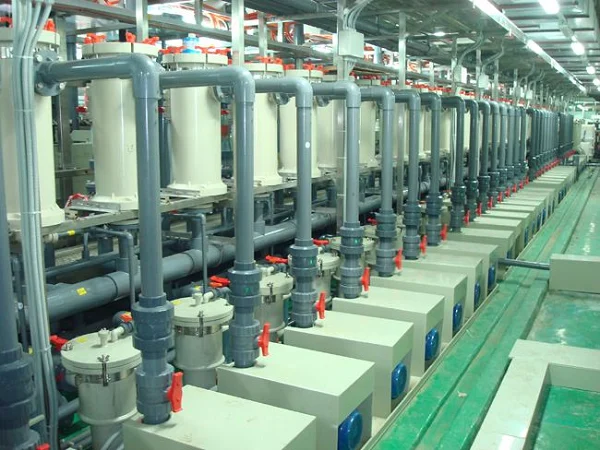
In the field of organic chemical synthesis, sodium cyanide is an extremely important raw material. It is often used to introduce the cyano (-CN) functional group, which is of great significance in Organic Synthesis and can be converted into various other functional groups through subsequent chemical reactions, such as the carboxyl (-COOH) group and the amino (-NH₂) group. For example, when a halogenated hydrocarbon reacts with sodium cyanide in a nucleophilic substitution reaction, the halogen atom is replaced by the cyano group to form a nitrile compound. Taking the reaction of ethyl bromide and sodium cyanide as an example: C₂H₅Br + NaCN → C₂H₅CN + NaBr. The generated propionitrile can be further hydrolyzed to obtain propionic acid or reduced to obtain propylamine. This method of introducing a cyano group through sodium cyanide and then converting the functional group provides an important way for the structural diversification of organic compounds and is widely used in industries such as drug synthesis and dye synthesis. The synthesis routes of many common drugs involve sodium cyanide, and it is like a key "building block" for constructing the structure of organic molecules.
Fine Chemical Industry
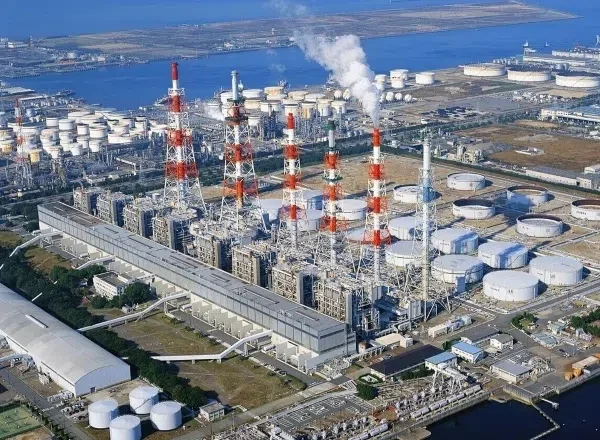
In the production of fine chemical products, sodium cyanide also plays an important role. For example, in the production of certain high - performance engineering plastics and rubber additives, the reactions involving sodium cyanide can endow products with unique properties. In the synthesis of polymethyl methacrylate (PMMA, commonly known as plexiglass), an intermediate synthesized with the participation of sodium cyanide is used. Through specific chemical reactions, the cyano - containing compound is converted into a monomer with a specific structure and properties, and then polymerized to obtain PMMA material with excellent performance. This material is widely used in the optical field, architectural decoration, etc. In addition, in the production of some vulcanization accelerators for high - performance rubbers, sodium cyanide is also an important raw material. It can promote the vulcanization process of rubber and improve the strength, wear resistance and other properties of rubber products, enabling rubber products to better meet the needs of various high - strength application scenarios such as automobile tires and industrial conveyor belts.
Applications in the Electroplating Industry
The Electroplating Industry is another important application field of sodium cyanide. In the electroplating process, it is necessary to evenly deposit a layer of other metal on the surface of a metal to improve the corrosion resistance, decorativeness and other properties of the metal. Sodium cyanide has multiple functions in the electroplating solution. On the one hand, it can form stable complexes with metal ions in the plating solution, controlling the deposition rate of metal ions on the cathode surface, so that the coating is more uniform and fine. For example, in the copper plating process, sodium cyanide forms complex ions such as [Cu(CN)₂]⁻ with copper ions. When these complex ions discharge at the cathode, copper atoms can be evenly deposited on the surface of the object to be plated, obtaining a smooth and dense copper coating. On the other hand, sodium cyanide can also improve the electrical conductivity of the plating solution and the dispersion ability of the plating solution, enabling complex - shaped workpieces to also obtain a good coating effect. Although due to the toxicity of sodium cyanide, cyanide - free electroplating processes have been developed in recent years, in some fields with extremely high requirements for coating quality, such as electroplating of electronic components and aerospace parts, the cyanide - containing electroplating process still occupies a certain market share due to its unique advantages, and sodium cyanide still plays an important role in these high - end electroplating applications.
Other Industrial Applications
In addition to the above - mentioned main fields, sodium cyanide is also used in other industrial processes. In the Metal Heat Treatment industry, sodium cyanide can be used for the cyaniding treatment of steel. By heating the steel in an environment containing sodium cyanide and other media, nitrogen and carbon are simultaneously infiltrated into the surface of the steel to form a cyanide layer with high hardness, high wear resistance and good anti - seizure properties, improving the comprehensive performance of the steel surface. It is widely used in the treatment of key parts in the fields of machinery manufacturing and automotive parts. In some special metallurgical processes, sodium cyanide can also be used to separate and purify certain rare metals. By forming specific complexes with rare metals, the separation of rare metals from other impurities is achieved, providing possibilities for the efficient utilization of rare metals.
However, we must clearly recognize that sodium cyanide is extremely toxic and poses a great threat to the environment and human health. During its production, storage, transportation and use, relevant safety regulations and environmental protection requirements must be strictly followed, and perfect protective measures and waste treatment methods must be adopted to ensure that its potential hazards are effectively controlled. Although sodium cyanide plays an important role in industry, with the continuous progress of science and technology, people are also actively exploring safer and more environmentally friendly alternatives to reduce dependence on this highly toxic substance. But at the current stage, due to its unique chemical properties, sodium cyanide still firmly occupies multiple irreplaceable key roles in many industrial fields, from mining to chemical synthesis, continuously promoting the development of modern industry.
- Random Content
- Hot content
- Hot review content
- The Essential Guide to Sodium Cyanide: Usage Cases and Sourcing
- T-610 collector Salicyl oxime acid derivative Content 3.5%
- Cyanoacetic acid 99% Powder
- Sodium sulphate 99% Pharmacy Grade
- 97% 2-Hydroxypropyl methacrylate
- Adipic acid 99% used as the material of nylon 66
- 99% Animal Feed Additive DL Methionine
- 1Discounted Sodium Cyanide (CAS: 143-33-9) for Mining - High Quality & Competitive Pricing
- 2China's New Regulations on Sodium Cyanide Exports and Guidance for International Buyers
- 3Sodium Cyanide 98% CAS 143-33-9 gold dressing agent Essential for Mining and Chemical Industries
- 4International Cyanide(Sodium cyanide) Management Code - Gold Mine Acceptance Standards
- 5China factory Sulfuric Acid 98%
- 6Anhydrous Oxalic acid 99.6% Industrial Grade
- 7Oxalic acid for mining 99.6%
- 1Sodium Cyanide 98% CAS 143-33-9 gold dressing agent Essential for Mining and Chemical Industries
- 2High Quality 99% Purity of Cyanuric chloride ISO 9001:2005 REACH Verified Producer
- 3Zinc chloride ZnCl2 for High Molecular Weight Polymers Initiator
- 4High Purity · Stable Performance · Higher Recovery — sodium cyanide for modern gold leaching
- 5High Quality Sodium Ferrocyanide / Sodium Hexacyanoferr
- 6Gold Ore Dressing Agent Safe Gold Extracting Agent Replace Sodium Cyanide
- 7Sodium Cyanide 98%+ CAS 143-33-9

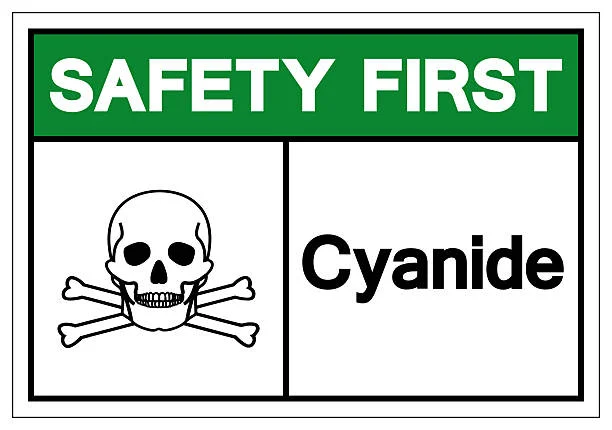
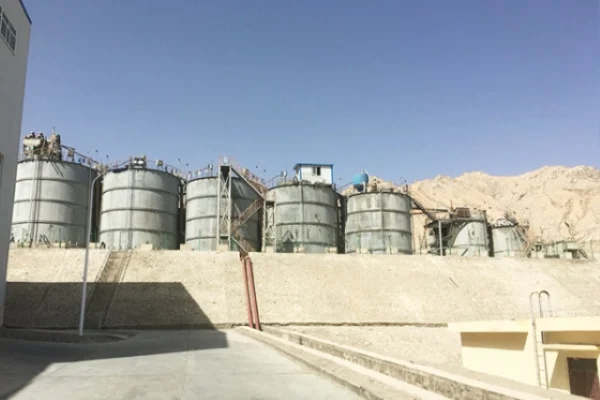


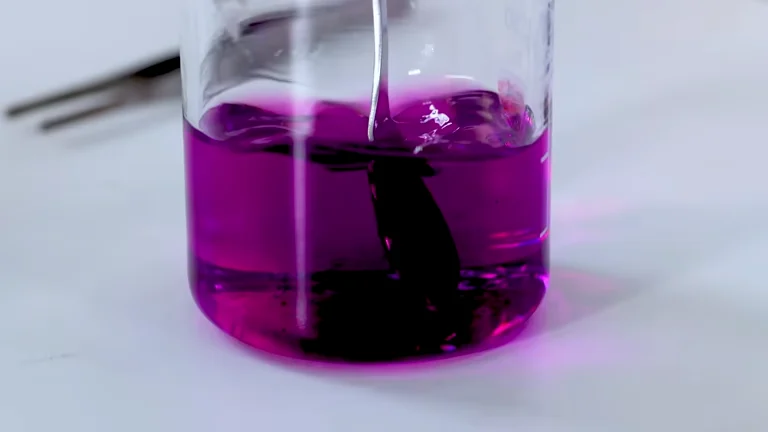





Online message consultation
Add comment: